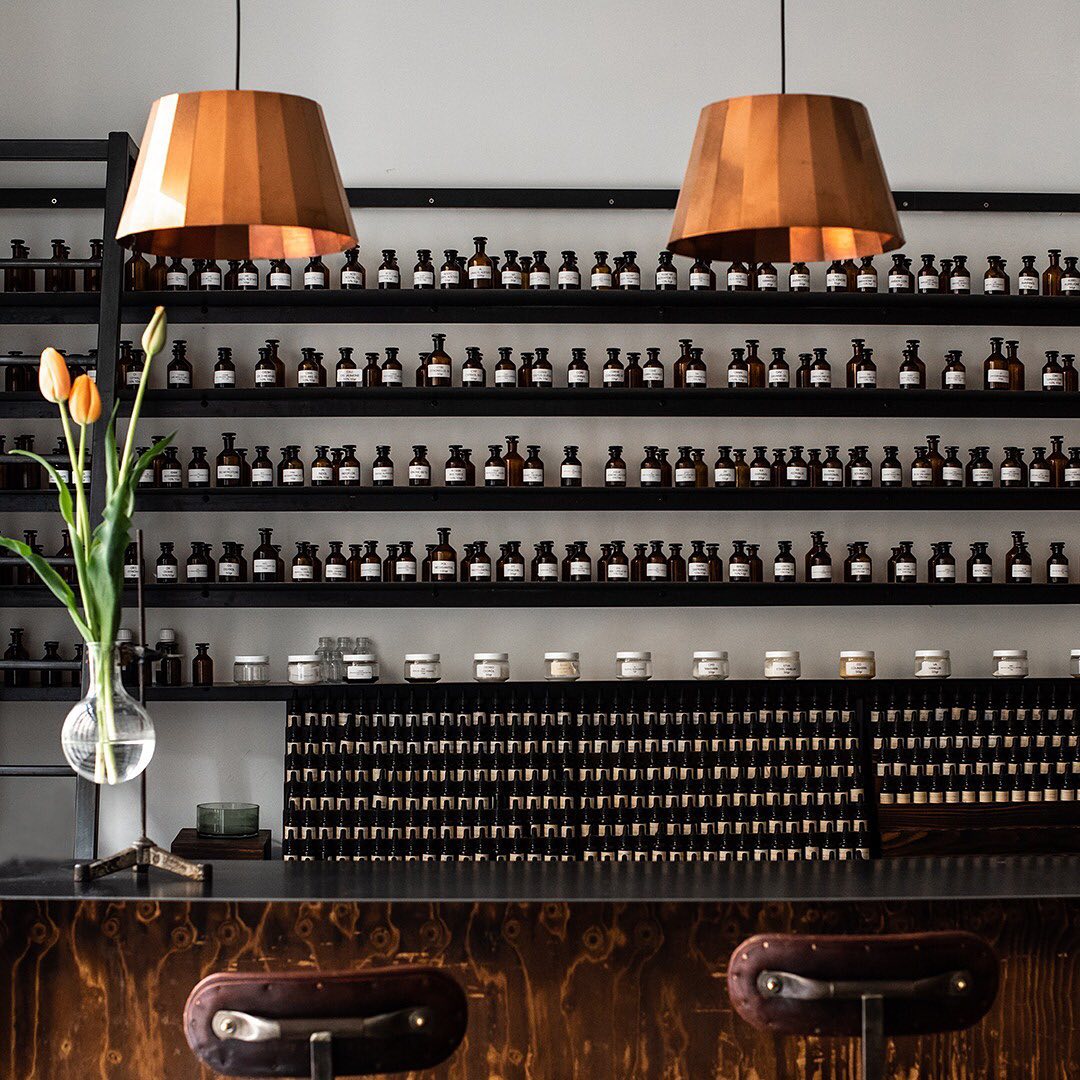
the largest multi-brand beauty store in France
+800 fragrances from +80 brands including :
recommended in more +60 city guide
You have a question? Please consult the Frequent Asqued Questions (FAQ).
If you don't find your answer, please contact us:
by email: info@noseparis.com
by phone: +33 1 86 47 72 76
Nose ship perfume by international airfreight and by La Poste for the services Colissimo Expert and Chronopost Classic to more than 75 countries.
To know more, please consult the Frequent Asked Questions (FAQ)
To know more about returns and refunds, please consult Terms and Conditions of Sales, section 6 Right to and period of withdrawal.
Nose proposes an olfactive diagnosis where 5 perfumes will be proposed among a list of 500 curated ones.
Do the diagnosisNose proposes an olfactive diagnosis where 5 perfumes will be proposed among a list of 500 curated ones.
Do the diagnosisFloris opened its historical store in 1730. Some decades later, Robert Floris writes to his family explaining he had been sourcing ingredients from abroad. Where did those raw materials come from and how were they used?
Robert Floris travelled extensively, visiting suppliers and sourcing ingredients, much of which formed the inspiration for our latest fragrance, Neroli Voyage. One extract of a letter sees him discussing cologne ingredients that he had been negotiating with the Italian perfumer Giovanni Maria Farina, the creator of the first Eau de Cologne. While in Marseille, he discusses the fact that there was no honey to source that year and evaluates the possibility to source it from Minorca. He also refers to extracting rose oil and figs from Grasse, in France.
The house obtained the first Royal Warrant from King George IV for its combs' manufacture. Today, Floris is one of the world’s most renowned perfumery houses. How would you describe Floris’s olfactory evolution over the centuries?
Juan Floris, the founder of the house, was originally a barber but he followed a perfumer’s training in Montpellier, while finally moving back to London. His first olfactory creations were very much linked to the barber’s notes (talc powder, colognes, etc.). After his marriage, he founded the historical store in Jermyn Street and started exploring new olfactory facets. He above all wanted to reproduce the scents which reminded him of his childhood spent in Minorca, as he did with Limes. The next generations of the Floris family then developed other accords that suited both men and women, without any particular distinction: London’s gentlemen use to wear jasmin and lily of the valley notes just like women appreciated wearing sandalwood ones.
What is the process to obtain the Royal Warrant and what are the privileges that go along with it?
The relationship we keep with the royal family is one of discretion. Companies can apply for a Royal Warrant after they have supplied the Households of HM The Queen, HRH The Duke of Edinburgh or HRH The Prince of Wales with goods or services for at least five years. Amongst other things, applicants are also required to demonstrate that they have an appropriate environmental and sustainability policy and action plan. We’ve supplied the royal household in some form since 1800 and have over 17 royal warrants from this date to today. We are and remain incredibly proud to supply the royal household.
Florence Nightingale, one of the world’s pioneers in feminism, sent a letter in 1863 to James Floris thanking him for the beautiful sweet-smelling bouquets. What Floris fragrance did she wear?
Although there is no mention about the specific flowers composing the bouquet, we know her to have personally worn our Night Scented Jasmine recipe. This green floral fragrance was originally created by Mr Floris in 1806.
What makes Floris unique, both from a historical and olfactory point of view, compared to the other British perfumery houses?
Floris has always worked in the classic areas of perfumery and sourced the best possible ingredients. I believe the fact that our business remains family-run and solely owned by the family makes both our olfactory output and overall business philosophy unique: the fact that each family member grew up in the same historical store made him inherit the same olfactory sensitivity and commitment to rigorous formulations. London is changing so fast and so many stores are popping up. On the other hand, many of our customers have grown up with us and have developed a very close relationship with Floris, which has truly become part of their own imagery. Michael Caine and Liv Tyler, for instance, often come to visit us at the store.
Is the inspiration behind Floris’s fragrances linked to London or rather to your journeys? What can you tell us about your latest fragrances, A Rose for and Neroli Voyage?
Indeed, we have a number of fragrances capturing the city of London. Jermyn Street pays homage to the street we have been based since 1730, while Limes is a unique fragrance dating back to the London of the 18th century. For Neroli Voyage and A Rose for, I was rather inspired by my journeys to the regions which are home to their core natural notes. In Morocco, I was truly surprised by the contrast between the calm of the rose fields in the hot countryside and the mesmerizing chaos of the sukhs in Marrakesh. My journey to Liguria, in Italy, allowed me to dive into my ancestor Robert Floris’s travel diary: town like Genoa and La Spezia have changed enormously, while the floran (orange trees, sage, rosemary, lavender and carnation) is still the same as the one described 300 years ago.

the largest multi-brand beauty store in France
+800 fragrances from +80 brands including :
recommended in more +60 city guide
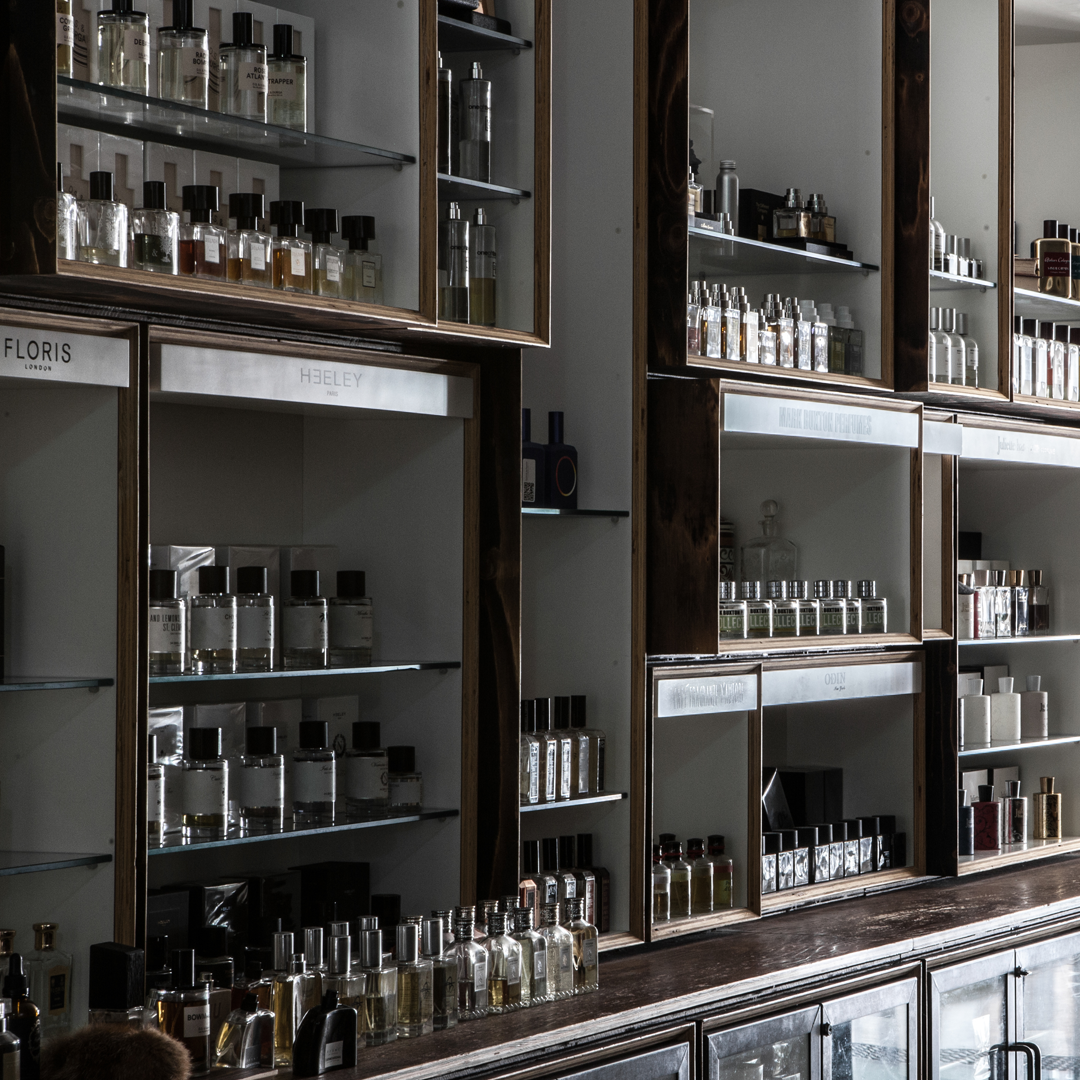
+ 800 fragrances from +80 niche brands
but also home & cosmetics.
100% authentic products & official reseller
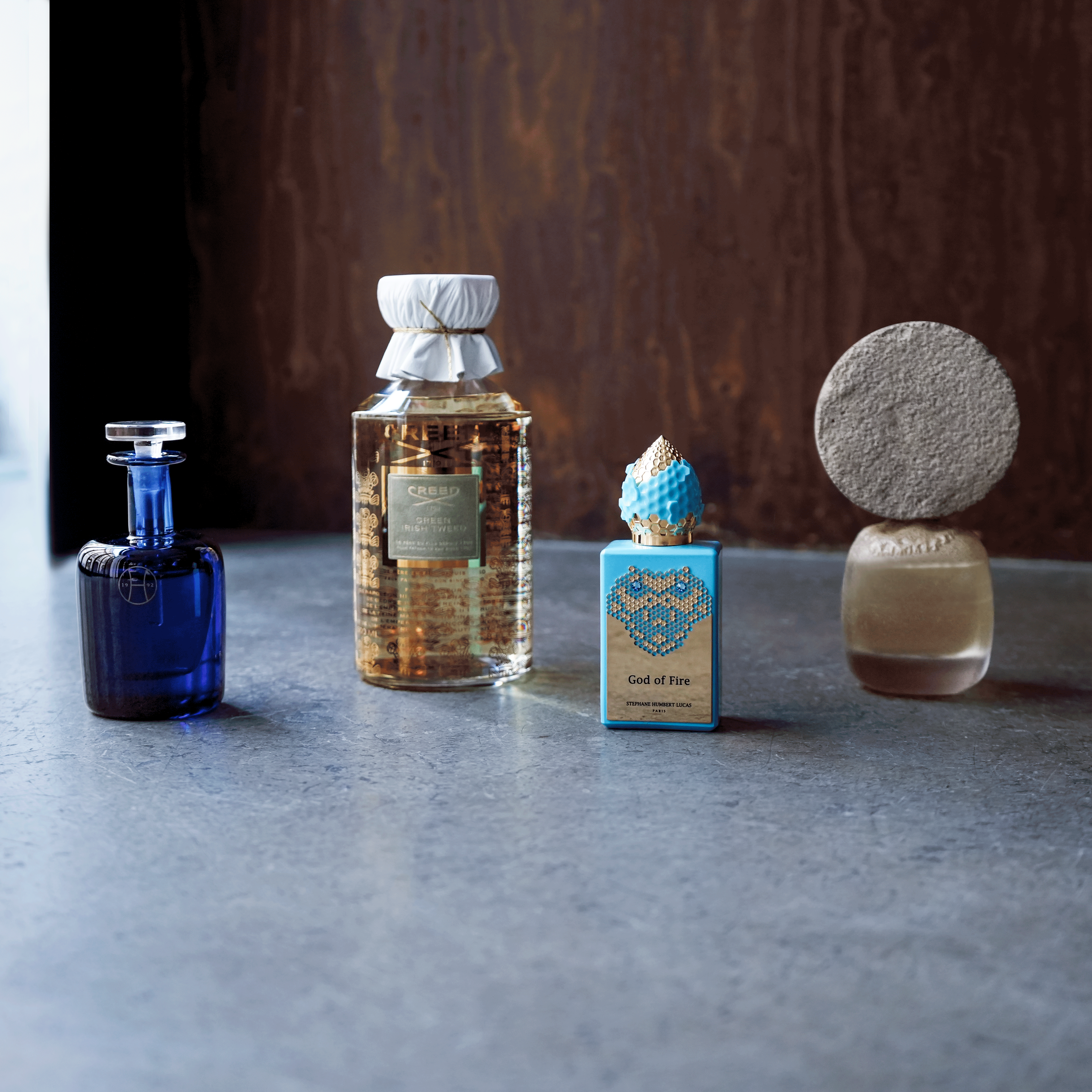
official French price for :
Creed, Maison Francis Kurkdjian, Kilian,
Marc Antoine Barrois…
VAT free for non European country
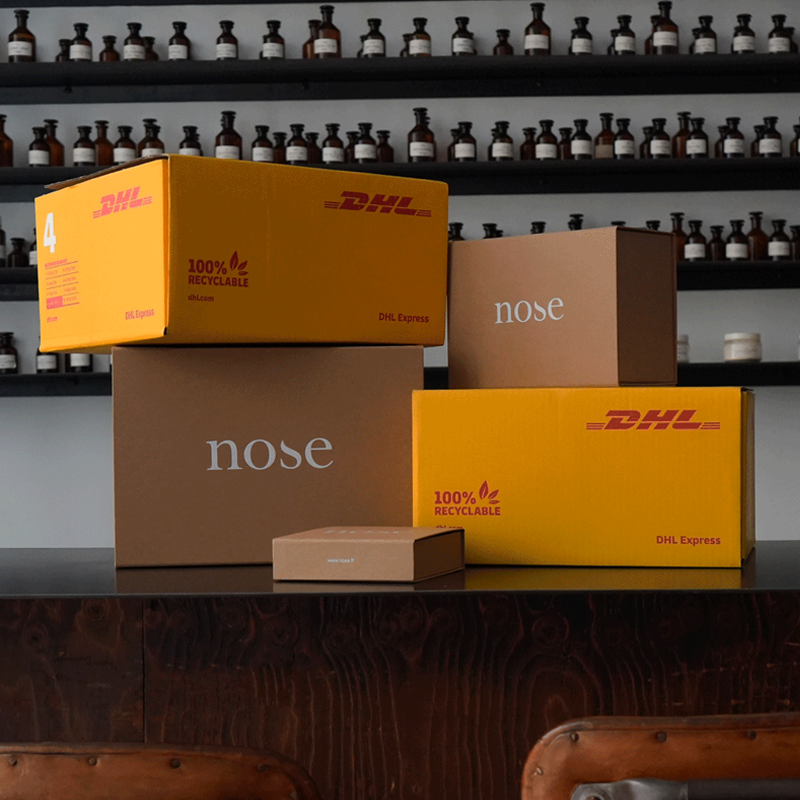
free express airplane delivery with DHL above
€167
all informations available here.
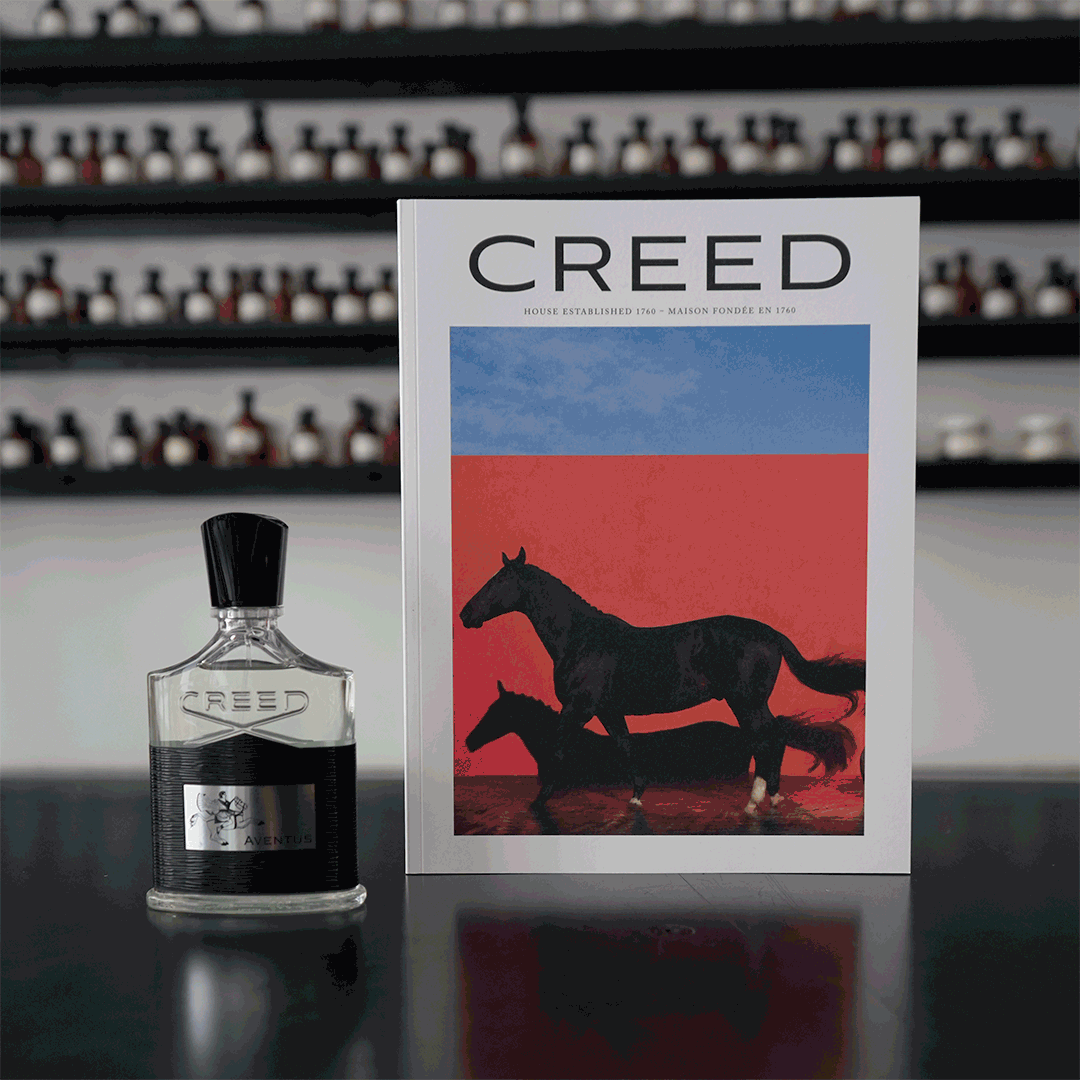
+200 gifts offered with purchase by over 50 brands!
Creed, Maison Francis Kurkdjian, Kilian, Diptyque,
Éditions de Parfums Frédéric Malle & much more
to discover here.